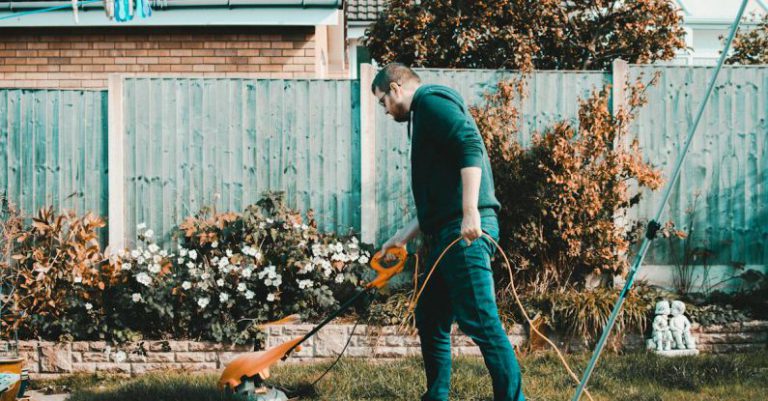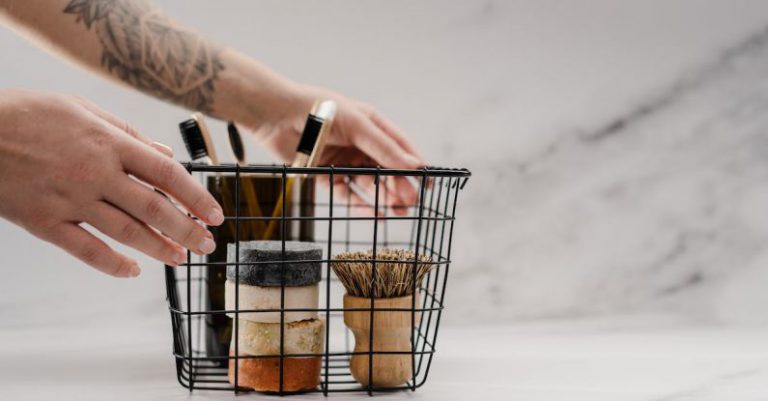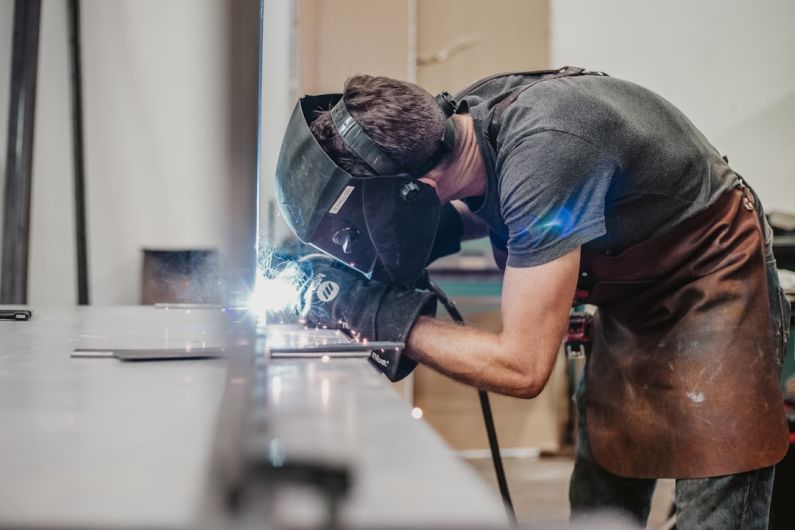How to Properly Maintain Your Garden Hose
A garden hose is an essential tool for any gardener. It allows you to water your plants, clean your outdoor spaces, and perform various other tasks with ease. However, like any tool, your garden hose requires proper maintenance to ensure its longevity and optimal performance. In this article, we will discuss some simple yet effective tips on how to properly maintain your garden hose.
Inspect for Damage
Before using your garden hose, it is important to inspect it for any signs of damage. Look for cracks, splits, or leaks in the hose. If you notice any, it is crucial to repair or replace the hose to prevent further damage and water wastage.
Clean After Use
After each use, it is important to clean your garden hose thoroughly. This will help remove any dirt, debris, or chemicals that may have accumulated during use. To clean your hose, simply detach it from the water source and drain any remaining water. Then, use a mild soap or detergent and a brush to scrub away any dirt or grime. Rinse the hose thoroughly with clean water and let it dry before storing it.
Store Properly
Proper storage is key to maintaining the longevity of your garden hose. When not in use, it is important to store your hose properly to prevent kinks, tangles, and other damages. One of the best ways to store your hose is by using a hose reel or hanger. These devices allow you to neatly coil your hose and keep it off the ground, preventing unnecessary wear and tear. Additionally, make sure to keep your hose away from direct sunlight and extreme temperatures, as these can weaken the hose material over time.
Avoid Overstretching
Overstretching your garden hose can cause it to weaken, kink, or even burst. When using your hose, avoid pulling it to its maximum length or stretching it beyond its capacity. Instead, try to use the hose at a length that allows for easy maneuverability without putting excessive strain on the hose itself. This will help prolong its lifespan and prevent unnecessary damage.
Protect from Freezing
If you live in an area with cold winters, it is important to protect your garden hose from freezing temperatures. When water freezes inside the hose, it can cause the hose to expand and potentially burst. To prevent this, always drain your hose completely after each use, especially before the onset of freezing temperatures. Additionally, consider investing in a hose bib cover or insulating sleeve to provide extra protection during the winter months.
Regularly Check Connections
The connections between your garden hose and the water source, nozzle, or sprinkler are prone to leaks and wear over time. It is important to regularly check these connections for any signs of damage or leaks. If you notice any issues, replace the necessary components or use thread tape to effectively seal any leaks. This will ensure that your hose delivers water efficiently without any wastage.
Conclusion
Properly maintaining your garden hose is essential for its longevity and optimal performance. By inspecting for damage, cleaning after use, storing properly, avoiding overstretching, protecting from freezing, and regularly checking connections, you can ensure that your garden hose serves you well for years to come. So, follow these simple tips and enjoy hassle-free watering and cleaning in your garden.






